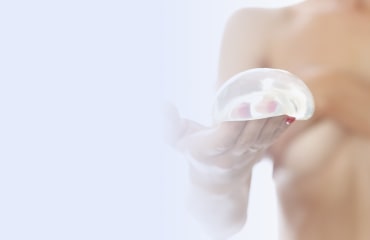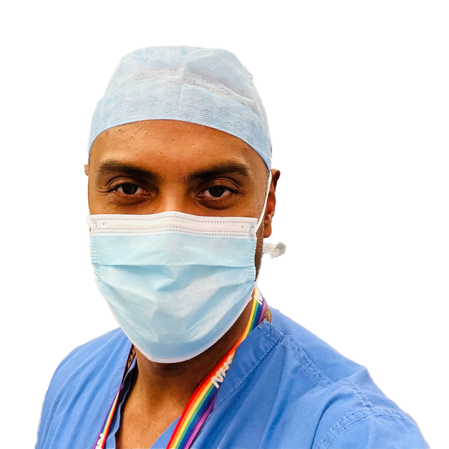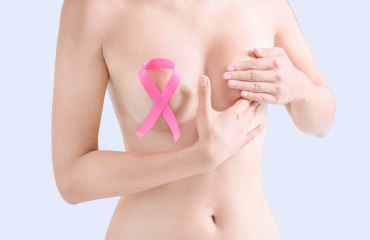How to choose the right implants 7 key things to consider: A Guide for Patients
Introduction:
Choosing the right breast implants is a crucial decision for patients undergoing breast augmentation or reconstructive surgery. As a UK breast surgeon, I understand the significance of this choice in achieving your desired outcomes and overall satisfaction. In this article, I will outline key considerations to help you make an informed decision when selecting breast implants.
- Implant Type: There are two primary types of breast implants: saline and silicone. Saline implants are not routinely used in UK practice though that differs across the world. Silicone implants often offer a more natural look and feel holding form so resisting bleeding out if a rupture occurs.
- Implant Shape: Breast implants come in two shapes: round and teardrop (anatomical). Round implants are symmetrical and provide fullness in the upper part of the breasts, creating a round appearance. Teardrop implants are designed to mimic the natural shape of breasts, with more fullness in the lower part. I use as part of the options I make available to you Motiva ergonomix implants which give a best of both worlds from what is inherently a round implant. Consider your desired outcome and discuss with your surgeon which shape would best complement your body type and aesthetic goals.
- Implant Size: Choosing the appropriate implant size is essential for achieving the desired breast size and proportion. Consider factors such as your body frame, existing breast tissue, and personal preferences. Your surgeon will guide you through the selection process, taking measurements and providing recommendations based on your unique anatomy. Visual aids, such as before-and-after photos, can help you envision the potential outcomes.
- Implant Profile: Implant profile refers to the projection or how much the implant extends forward from the chest wall. It determines the degree of fullness and cleavage. Implant profiles typically range from low to high. A low-profile implant provides a subtle augmentation, while a high-profile implant offers a more prominent projection. Your surgeon will assess your chest wall dimensions and discuss the available options to achieve your desired outcome.
- Implant Texture: Breast implants can have a smooth or textured surface. Smooth implants have a softer feel and can move within the breast pocket more naturally. Textured implants have a slightly rough surface, which may reduce the risk of implant rotation and capsular contracture (scar tissue formation around the implant). Your surgeon will consider factors such as your anatomy, aesthetic goals, and potential risks when recommending the appropriate texture for your implants.
- Surgical Incision Options: Different incision options are available for implant placement, including inframammary (under the breast crease), periareolar (around the areola), transaxillary (through the armpit), and transumbilical (through the navel). Each option has its advantages and considerations. Discuss these options with your surgeon to determine the most suitable incision site for your specific case.
- Safety and Quality: Ensure that the breast implants you choose are FDA-approved and meet the safety standards set by regulatory authorities. High-quality implants from reputable manufacturers have undergone rigorous testing and have a proven track record of safety and reliability. Your surgeon will recommend trusted implant brands and provide you with information on their safety profiles.
Conclusion:
Selecting the right breast implants is a collaborative process between you and your surgeon. Remember these 7 key things to consider . Implant type, shape, size, profile, texture, incision options, and safety are crucial in achieving your desired outcomes. Openly communicate your goals and preferences to your surgeon, who will guide you through the decision-making process and help you make an informed choice. Remember that every individual is unique, and your surgeon will tailor the selection to your specific needs, ensuring the best outcome for you. If you want to know more get in touch.
Consultant Oncoplastic Breast Surgeon
www.drseni.com







